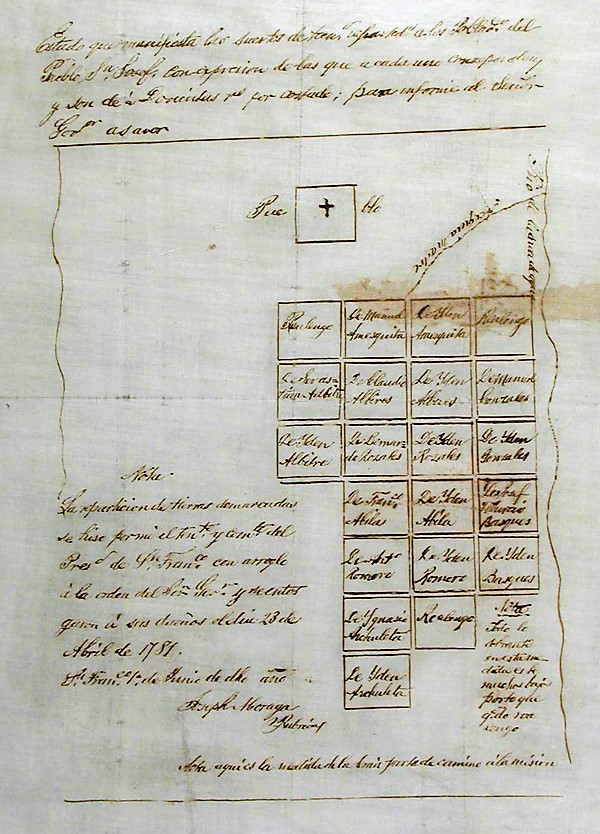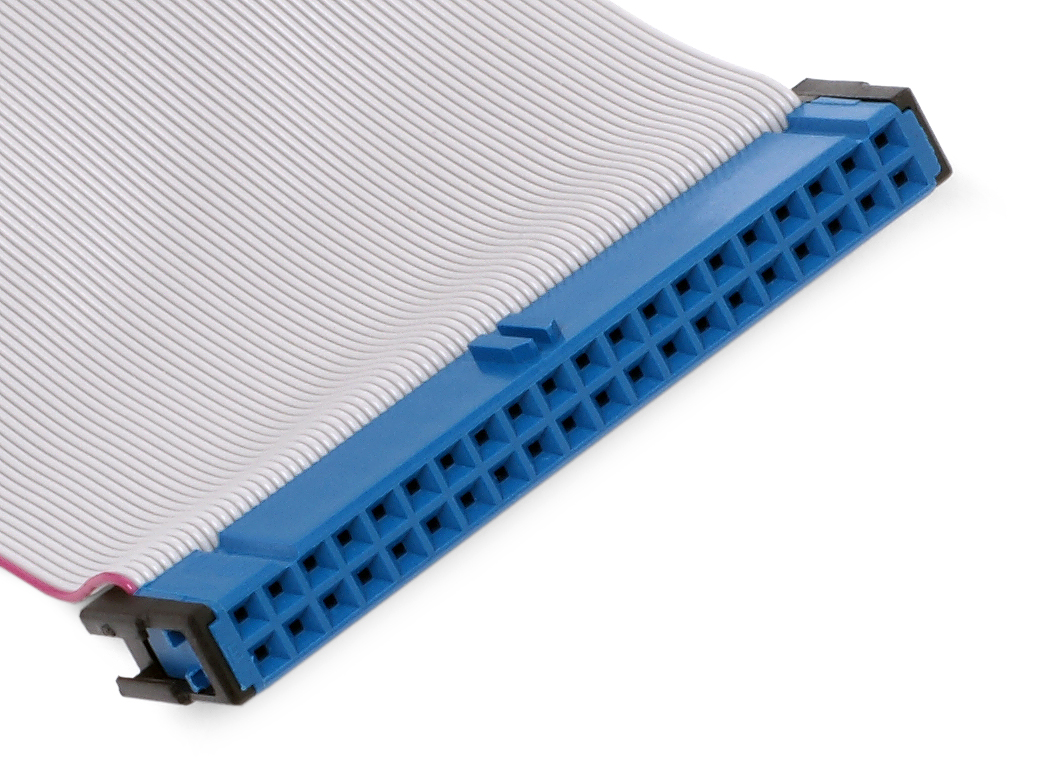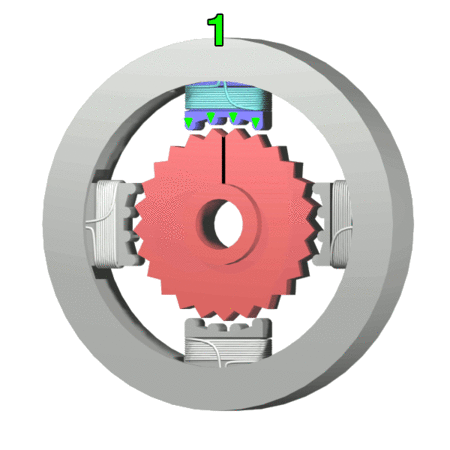|
Conner Peripherals
Conner Peripherals (commonly referred to as Conner) was a company that manufactured hard drives for personal computers. Conner Peripherals was founded in 1985 by Seagate Technology co-founder and San Jose State University alumnus Finis Conner (1943– ). In 1986, they merged with CoData, a Colorado start-up founded by MiniScribe founders Terry Johnson and John Squires. CoData was developing a new type of small hard disk that put the capacity of a 5.25-inch drive into the smaller (and now commonplace) 3.5-inch format. The CoData drive was the first Conner Peripherals product. The company was partially financed by Compaq, who was also a major customer for many years. Hard disks Design concepts Conner's drives were notable for eschewing the "tub" type of head-disk assembly, where the disks are inside a large base casting shaped like a square bowl or vault with a flat lid; instead, they preferred the flat base plate approach, which was more resistant to shock and less likel ... [...More Info...] [...Related Items...] OR: [Wikipedia] [Google] [Baidu] |
San Jose, California
San Jose, officially San José (; ; ), is a major city in the U.S. state of California that is the cultural, financial, and political center of Silicon Valley and largest city in Northern California by both population and area. With a 2020 population of 1,013,240, it is the most populous city in both the Bay Area and the San Jose–San Francisco–Oakland, CA Combined Statistical Area, San Jose-San Francisco-Oakland Combined Statistical Area, which contain 7.7 million and 9.7 million people respectively, the List of largest California cities by population, third-most populous city in California (after Los Angeles and San Diego and ahead of San Francisco), and the List of United States cities by population, tenth-most populous in the United States. Located in the center of the Santa Clara Valley on the southern shore of San Francisco Bay, San Jose covers an area of . San Jose is the county seat of Santa Clara County, California, Santa Clara County and the main component of the San ... [...More Info...] [...Related Items...] OR: [Wikipedia] [Google] [Baidu] |
Motorola 68HC11
The 68HC11 (6811 or HC11 for short) is an 8-bit microcontroller (µC) family introduced by Motorola in 1984. Now produced by NXP Semiconductors, it descended from the Motorola 6800 microprocessor by way of the 6801. The 68HC11 devices are more powerful and more expensive than the 68HC08 microcontrollers, and are used in automotive applications, barcode readers, hotel card key writers, amateur robotics, and various other embedded systems. The MC68HC11A8 was the first microcontroller to include CMOS EEPROM. Architecture Internally, the HC11 instruction set is backward compatible with the 6800 and features the addition of a Y index register. It has two eight-bit accumulators, A and B, two sixteen-bit index registers, X and Y, a condition code register, a 16-bit stack pointer, and a program counter. In addition, there is an 8 x 8-bit multiply (A x B), with full 16-bit result, and fractional/integer 16-bit by 16-bit divide instructions. A range of 16-bit instructions treat the ... [...More Info...] [...Related Items...] OR: [Wikipedia] [Google] [Baidu] |
Tape Drive
A tape drive is a data storage device that reads and writes data on a magnetic tape. Magnetic tape data storage is typically used for offline, archival data storage. Tape media generally has a favorable unit cost and a long archival stability. A tape drive provides sequential access storage, unlike a hard disk drive, which provides direct access storage. A disk drive can move to any position on the disk in a few milliseconds, but a tape drive must physically wind tape between reels to read any one particular piece of data. As a result, tape drives have very large average access times. However, tape drives can stream data very quickly off a tape when the required position has been reached. For example, Linear Tape-Open (LTO) supports continuous data transfer rates of up to 360 MB/s, a rate comparable to hard disk drives. Design Magnetic tape drives with capacities of less than one megabyte were first used for data storage on mainframe computers in the 1950s. , capaci ... [...More Info...] [...Related Items...] OR: [Wikipedia] [Google] [Baidu] |
FireWire
IEEE 1394 is an interface standard for a serial bus for high-speed communications and isochronous real-time data transfer. It was developed in the late 1980s and early 1990s by Apple in cooperation with a number of companies, primarily Sony and Panasonic. Apple called the interface FireWire. It is also known by the brand names i.LINK (Sony), and Lynx (Texas Instruments). The copper cable used in its most common implementation can be up to long. Power and data is carried over this cable, allowing devices with moderate power requirements to operate without a separate power supply. FireWire is also available in Cat 5 and optical fiber versions. The 1394 interface is comparable to USB. USB was developed subsequently and gained much greater market share. USB requires a host controller whereas IEEE 1394 is cooperatively managed by the connected devices. History and development FireWire is Apple's name for the IEEE 1394 High Speed Serial Bus. Its development was initiated by ... [...More Info...] [...Related Items...] OR: [Wikipedia] [Google] [Baidu] |
AT Attachment
Parallel ATA (PATA), originally , also known as IDE, is a standard interface designed for IBM PC-compatible computers. It was first developed by Western Digital and Compaq in 1986 for compatible hard drives and CD or DVD drives. The connection is used for storage devices such as hard disk drives, floppy disk drives, and optical disc drives in computers. The standard is maintained by the X3/INCITS committee. It uses the underlying (ATA) and Packet Interface ( ATAPI) standards. The Parallel ATA standard is the result of a long history of incremental technical development, which began with the original AT Attachment interface, developed for use in early PC AT equipment. The ATA interface itself evolved in several stages from Western Digital's original Integrated Drive Electronics (IDE) interface. As a result, many near-synonyms for ATA/ATAPI and its previous incarnations are still in common informal use, in particular Extended IDE (EIDE) and Ultra ATA (UATA). After the intr ... [...More Info...] [...Related Items...] OR: [Wikipedia] [Google] [Baidu] |
RAID
Raid, RAID or Raids may refer to: Attack * Raid (military), a sudden attack behind the enemy's lines without the intention of holding ground * Corporate raid, a type of hostile takeover in business * Panty raid, a prankish raid by male college students on the living quarters of female students to steal panties as trophies * Police raid, a police action involving the entering of a house with the intent to capture personnel or evidence, often taking place early in the morning *Union raid, when an outsider trade union takes over the membership of an existing union Arts, entertainment, and media Films * ''Raid'' (1947 film), an East German film * ''Raid'' (2003 film), a 2003 Finnish film * ''Raid'' (2018 film), an Indian period crime thriller Gaming * Raid (gaming), a type of mission in a video game where a large number of people combine forces to defeat a powerful enemy * ''Raid'' (video game), a Nintendo Entertainment System title released by Sachen in 1989 * '' Raid over Mos ... [...More Info...] [...Related Items...] OR: [Wikipedia] [Google] [Baidu] |
Zone Bit Recording
In computer storage, zone bit recording (ZBR) is a method used by disk drives to optimise the tracks for increased data capacity. It does this by placing more sectors per zone on outer tracks than on inner tracks. This contrasts with other approaches, such as ''constant angular velocity'' (CAV) -drives, where the number of sectors per track are the same. On a disk consisting of roughly concentric tracks – whether realized as separate circular tracks or as a single spiral track – the physical track length (circumference) is increased as it gets farther from the centre hub. The inner tracks are packed as densely as the particular drive's technology allows. The packing of the rest of the disks is changed depending on the type of disk. Zone recording was pioneered and patented by Chuck Peddle in 1961 while working for General Electric. With a CAV-drive the data on the outer tracks are the same angular width of those in the centre, and so less densely packed. Using ZBR instead, the ... [...More Info...] [...Related Items...] OR: [Wikipedia] [Google] [Baidu] |
Conner Peripherals "Chinook" Dual-actuator Drive
Conner or Conners may refer to: Fictional characters * Conner, the protagonist of ''Assassin's Creed III'' * Conner (''Titans'' character) Media * '' The Conners'', an American TV series, spin-off of ''Roseanne'' * "Conner" (song), by The Feeling * "Conner" (''Titans'' episode) People * Conner (surname) * Conner (given name) * Conners (surname) Places * La Conner, a town in the state of Washington, United States * Mount Conner, Northern Territory, Australia * Conner, Apayao, a municipality in the Philippines * Conner, Montana, a community * Conner Preserve, a park in Florida * Conner Prairie, a living history museum in Fishers, Indiana, United States * Conner High School, a public high school in Hebron, Kentucky, United States Other uses * Conner Peripherals, a manufacturer of computer hard drives, now the property of Seagate * USS ''Conner'', two US Navy ships * Ale conner, an officer appointed yearly at the court-leet of ancient English communities to ensure the g ... [...More Info...] [...Related Items...] OR: [Wikipedia] [Google] [Baidu] |
SCSI
Small Computer System Interface (SCSI, ) is a set of standards for physically connecting and transferring data between computers and peripheral devices. The SCSI standards define commands, protocols, electrical, optical and logical interfaces. The SCSI standard defines command sets for specific peripheral device types; the presence of "unknown" as one of these types means that in theory it can be used as an interface to almost any device, but the standard is highly pragmatic and addressed toward commercial requirements. The initial Parallel SCSI was most commonly used for hard disk drives and tape drives, but it can connect a wide range of other devices, including scanners and CD drives, although not all controllers can handle all devices. The ancestral SCSI standard, X3.131-1986, generally referred to as SCSI-1, was published by the X3T9 technical committee of the American National Standards Institute (ANSI) in 1986. SCSI-2 was published in August 1990 as X3.T9.2/86-109 ... [...More Info...] [...Related Items...] OR: [Wikipedia] [Google] [Baidu] |
Stepper Motor
A stepper motor, also known as step motor or stepping motor, is a brushless DC electric motor that divides a full rotation into a number of equal steps. The motor's position can be commanded to move and hold at one of these steps without any position sensor for feedback (an open-loop controller), as long as the motor is correctly sized to the application in respect to torque and speed. Switched reluctance motors are very large stepping motors with a reduced pole count, and generally are closed-loop commutated. Mechanism Brushed DC motors rotate continuously when DC voltage is applied to their terminals. The stepper motor is known for its property of converting a train of input pulses (typically square waves) into a precisely defined increment in the shaft’s rotational position. Each pulse rotates the shaft through a fixed angle. Stepper motors effectively have multiple "toothed" electromagnets arranged as a stator around a central rotor, a gear-shaped piece of iron. Th ... [...More Info...] [...Related Items...] OR: [Wikipedia] [Google] [Baidu] |
PID Controller
A proportional–integral–derivative controller (PID controller or three-term controller) is a control loop mechanism employing feedback that is widely used in industrial control systems and a variety of other applications requiring continuously modulated control. A PID controller continuously calculates an ''error value'' e(t) as the difference between a desired setpoint (SP) and a measured process variable (PV) and applies a correction based on proportional, integral, and derivative terms (denoted ''P'', ''I'', and ''D'' respectively), hence the name. In practical terms, PID automatically applies an accurate and responsive correction to a control function. An everyday example is the cruise control on a car, where ascending a hill would lower speed if constant engine power were applied. The controller's PID algorithm restores the measured speed to the desired speed with minimal delay and overshoot by increasing the power output of the engine in a controlled manner. The fi ... [...More Info...] [...Related Items...] OR: [Wikipedia] [Google] [Baidu] |





